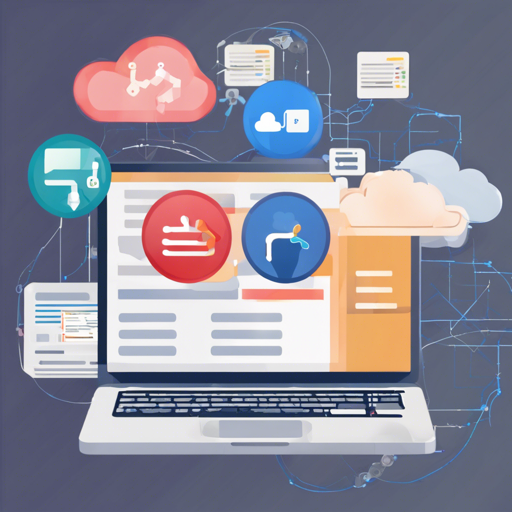Welcome to this comprehensive guide on how to set up your very own Stack Overflow clone using the MERN stack. This project is designed to be a QA platform for both professional and novice programmers. In this post, we’ll walk you through the entire setup process, providing troubleshooting tips along the way.
Understanding the Tech Stack
Before we dive into the setup, let’s take a quick look at the technology stack that powers this project:
- Front-end:
- Framework: React.js (with Redux)
- Styling: SASS and Bootstrap
- Back-end:
- Server: Node.js with Express.js
- Database: MySQL with Sequelize
- API Testing: POSTMAN
Setting Up the Project
There are two ways to set up the project: manually or using Docker. Let’s explore both methods step by step.
1. Manual Setup
Follow these steps for a manual installation:
- Open your local CLI and create a new directory:
mkdir Stackoverflow-Clone cd Stackoverflow-Clone - Set up the backend code:
- Create a
.envfile based on the format in.env.example. - Clone the backend repository and install the necessary modules:
git clone https://github.com/Mayank0255/Stackoverflow-Clone-Backend.git cd Stackoverflow-Clone-Backend npm install - Open your MySQL Client and create a new database:
CREATE DATABASE stack_overflow;Note: Ensure the database name matches in the
.envfile. - Run the backend:
npm start
- Create a
- Open another terminal and navigate back to the root folder:
cd Stackoverflow-Clone - Set up the frontend code:
- Clone the frontend repository and install the required modules:
git clone https://github.com/Mayank0255/Stackoverflow-Clone-Frontend.git cd Stackoverflow-Clone-Frontend npm install - Run the frontend:
npm start
- Clone the frontend repository and install the required modules:
2. Docker Setup
If you prefer to use Docker for containerization, here’s how you can do it:
- First, make sure to set up the environment variables in the
.envfile, especially if running the database on localhost. - Next, build the Docker image:
docker build -t stackoverflowclone . - Run the container:
docker run -d -p 5000:5000 stackoverflowcloneThe API will now be accessible via
http://localhost:5000/api.
API Endpoints
The API is hosted on stackoverflow-clone-api.onrender.com and stackoverflow-clone-backend.herokuapp.com. Here are some of the essential functionalities:
- Users:
- GET auth
- POST auth
- POST users/:id
- GET users
- Posts:
- GET posts
- POST posts
- DELETE posts/:id
- Answers:
- GET posts/:id/answers
- POST posts/:id/answers
- DELETE posts/:id/answers
- Comments:
- GET posts/:id/comments
- POST posts/:id/comments
- DELETE posts/:id/comments
- Tags:
- GET tags
- GET tags/:tag_name
Troubleshooting Tips
Here are some common pitfalls and solutions when setting up your Stack Overflow clone:
- Database Connection Issues:
Ensure that your database configurations in the.envfile match the database you created in your MySQL client. - Port Already in Use:
Make sure no other services are running on port 5000. You can change the port in the relevant files or check what is currently using that port. - Postman Configuration:
If using Postman, ensure your environment variable for URL is set tohttp://localhost:5000. - Error Messages:
Check your logs for any error messages and confirm that the packages installed correctly.
For more insights, updates, or to collaborate on AI development projects, stay connected with fxis.ai.
Conclusion
At fxis.ai, we believe that such advancements are crucial for the future of AI, as they enable more comprehensive and effective solutions. Our team is continually exploring new methodologies to push the envelope in artificial intelligence, ensuring that our clients benefit from the latest technological innovations.
With this guide, you should be well on your way to setting up your own Stack Overflow clone. Happy coding!

